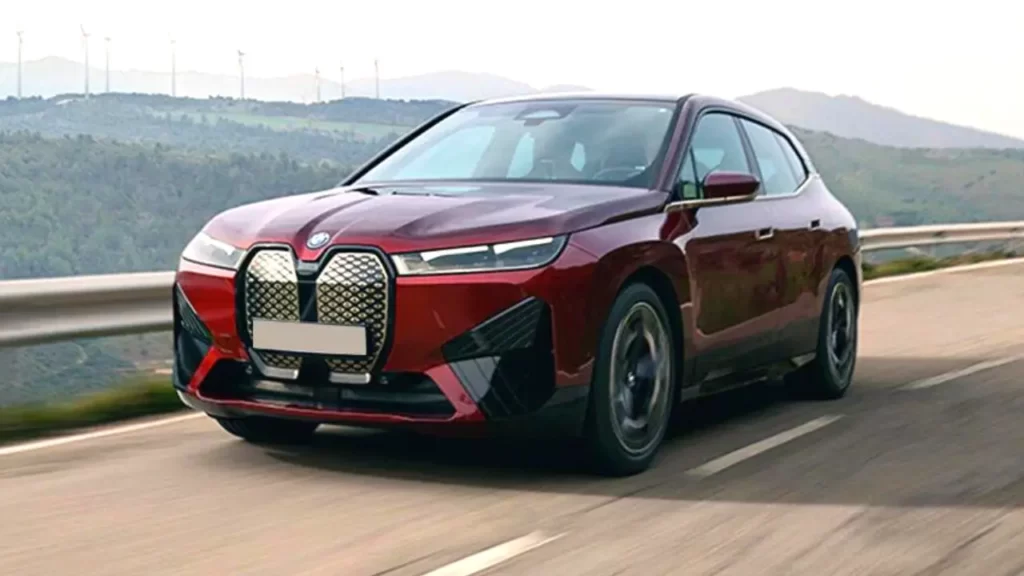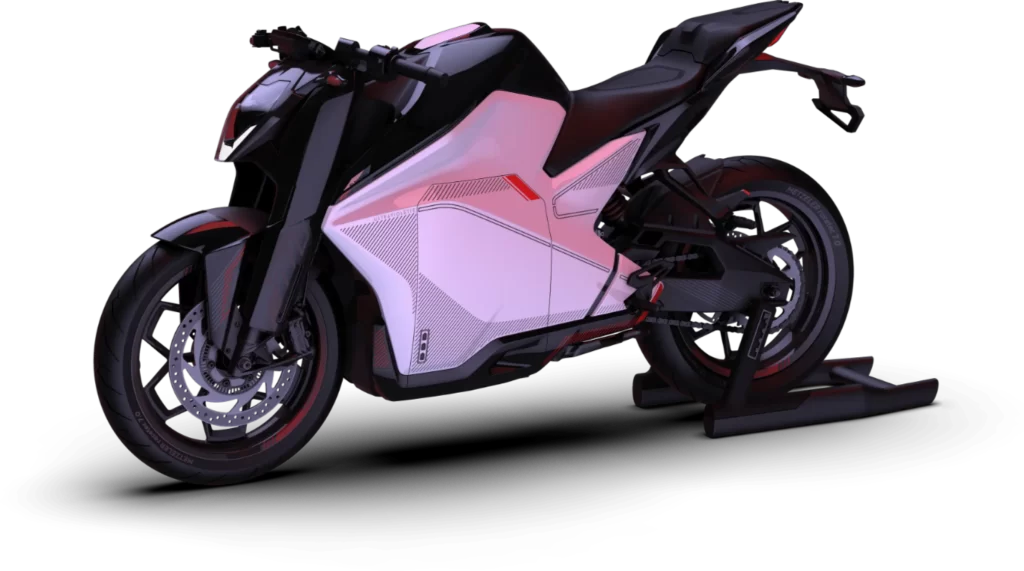Overview
As electric vehicles (EVs) continue to gain popularity and become a more mainstream option for consumers, the landscape of auto loans is also changing. With traditional gas-powered cars dominating the market for decades, the shift towards electric vehicles has raised questions about the future of auto loans in an increasingly electric vehicle market.
The Rise of Electric Vehicles
Electric vehicles, or EVs, have been around for over a decade, but their widespread adoption has been slower than many expected. However, recent advancements in technology, as well as growing concern for the environment, have led to a surge in EV sales.
In 2019, global electric car sales reached a record high, with over 2.1 million EVs being sold. This marked a 40% increase from the previous year, and the market shows no signs of slowing down. In fact, many experts predict that by 2040, EVs will make up the majority of new car sales worldwide.
The Shift in Auto Loans
The rise of EVs has also led to a shift in the auto loan industry. With traditional gas-powered cars, consumers were able to choose from various financing options, including loans from banks, credit unions, and dealership financing. However, the cost of EVs, which can be considerably more than traditional cars, has posed a challenge for auto lenders.
One of the main reasons for this challenge is the cost of replacing EV batteries. While traditional gas-powered cars require regular maintenance, EVs rely on their battery for power and longevity. As a result, replacing an EV battery can be a significant expense for both the consumer and the lender if the car needs to be repossessed.
Additionally, the resale value of EVs is still relatively unknown, as it is a relatively new market. This uncertainty makes it difficult for lenders to determine the value of an EV for repossession purposes, further complicating the loan process.
The Role of Government Incentives
Despite these challenges, auto loans for EVs are not disappearing. In fact, they are becoming more accessible and attractive due to government incentives. In many countries, governments offer tax credits and rebates for EV buyers, making the purchase price more manageable.
For example, in the US, there is a federal tax credit of up to $7,500 for EV buyers, and some states offer additional incentives. These incentives not only make the initial purchase more affordable, but they also reduce the amount that needs to be financed, making it less risky for lenders.
Furthermore, some governments are also offering subsidies and grants for EV infrastructure, such as charging stations. This support from the government has helped address one of the key concerns of EV ownership – access to charging stations. As the charging infrastructure continues to improve, it will further drive the adoption of EVs, making them a more viable option for consumers.
The Role of Technology
Another factor that is shaping the future of auto loans in an increasingly electric vehicle market is technology. As technology continues to advance at a rapid pace, it is making EVs more affordable and accessible for the average consumer.
For example, the cost of lithium-ion batteries, which are used in EVs, has dropped significantly in recent years. This decrease in prices has made a big impact on the overall cost of EVs, making them more affordable for consumers.
Furthermore, the rise of technology has also led to the development of alternative financing options for EVs. For instance, some startups offer subscription-based services for EVs, where consumers pay a monthly fee to have access to a fleet of electric cars. This option eliminates the need for consumers to take out a traditional auto loan, offering more flexibility and convenience.
The Shift Towards Sustainability
One of the main drivers of the shift towards EVs is the growing concern for the environment. With increasing awareness about climate change and the negative impact of gas-powered cars on the environment, consumers are shifting towards more sustainable options.
This trend towards sustainability is not only limited to the type of vehicle people choose to drive but also extends to their purchasing decisions. As a result, many consumers are opting for auto loans that offer green financing options, allowing them to invest in an environmentally friendly vehicle.
Moreover, some lenders are also offering incentives, such as lower interest rates, for EV buyers. These incentives not only encourage consumers to opt for an EV but also provide them with more affordable financing options.
The Way Forward for Auto Loans in an EV Market
Overall, the future of auto loans in an increasingly electric vehicle market is still evolving and being shaped by various factors. While there are some challenges, such as the uncertainty surrounding resale value and battery replacement costs, there are also many opportunities for growth, particularly with government incentives and advancements in technology.
As the EV market continues to grow and evolve, it is essential for lenders to adapt and offer flexible financing options that cater to the changing needs of consumers. Furthermore, as governments worldwide continue to push for sustainability and the adoption of electric vehicles, we can expect to see more support for EV financing in the future.
Conclusion
In conclusion, the future of auto loans in an increasingly electric vehicle market is promising, with many opportunities for both consumers and lenders. With advancements in technology and government incentives, coupled with the growing concern for the environment, we can expect to see a significant shift towards electric vehicles in the years to come.


